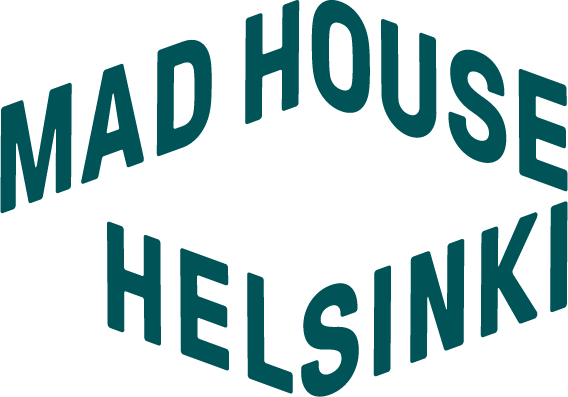Interview with Maija Linturi
Photo by Eeva Anundi
In her performance, Rat City, Maija Linturi asks whether there can be cooperation between species.
Mad House: you have worked with other species of animals before, for example insects and dogs. Rats are supposedly one of man's most hated companions. What has working with rats revealed to you about humans? And about rats?
Maija Linturi: Actually, very few people I have met actually hate rats. It would seem that for many people negative attitudes come as if by default, and when asked for clarification, they themselves begin to wonder why they are there.
Working with rats has shown how they are very close and far away at the same time. Literally and metaphorically. Although I see rat tracks everywhere nowadays, the rat is still a bit of a mystery to me. Maybe that's the way it should be.
Photos by Saara Autere
MH: What has it been like to spend a year and a half in research with rats and how has it changed you?
ML: For a long time I felt like I wasn't really going anywhere, I was accumulating knowledge and I still felt like I wasn't really getting a grip on the rats. A big change happened when I got to join the rat researchers and follow their work and even participate in it. I realised how important it was to do something tangible in relation to rats in order to have a relationship in the first place. It was also then that the knowledge I had accumulated before started to feel relevant.
I've probably changed in ways that I don't yet realise, but at least my perspective has changed in a very tangible way. I pay attention to different things in urban space than I used to.
MH: Have you thought about continuing your research or collaboration with rats after this project?
ML: I'd like to continue, because I feel I've really only just got started. I think rats will be following me for a long time, or I'll be following the rats, but I can't say what that means in concrete terms yet.
MH: The work will be performed at the former Myllypuro filling hill. What was it like to work there and how was it chosen as a venue?
ML: We originally chose the site because of its historical rat connection: there was an open pit in the 1950s and 1960s. Waste is an essential link that connects people and rats, so the former landfill site seemed an appropriate place to reflect on the relationship between rats and people. Then, as we started to work on the site and learn about its history, other connections and meanings emerged. But the place also has a life of its own in the present, it has a very special atmosphere. It's been great to experience that.
Photos by Saara Autere
MH: Your studies in the LAPS programme are coming to an end, what has it been like to do this work in the context of the University of the Arts?:
ML: The University of the Arts has been an essential context for this project in the sense that I probably wouldn't have gotten in touch with the University of Helsinki's multidisciplinary urban rat project without it. Now it was easy to contact the project leader Tuomas Aivelo and ask him if I could participate as it was my Master's thesis for the university. Of course, I have also received a lot of emotional and material support from the art project, starting with the fact that my thesis has two supervisors and a producer.
Photo by Eeva Anundi








